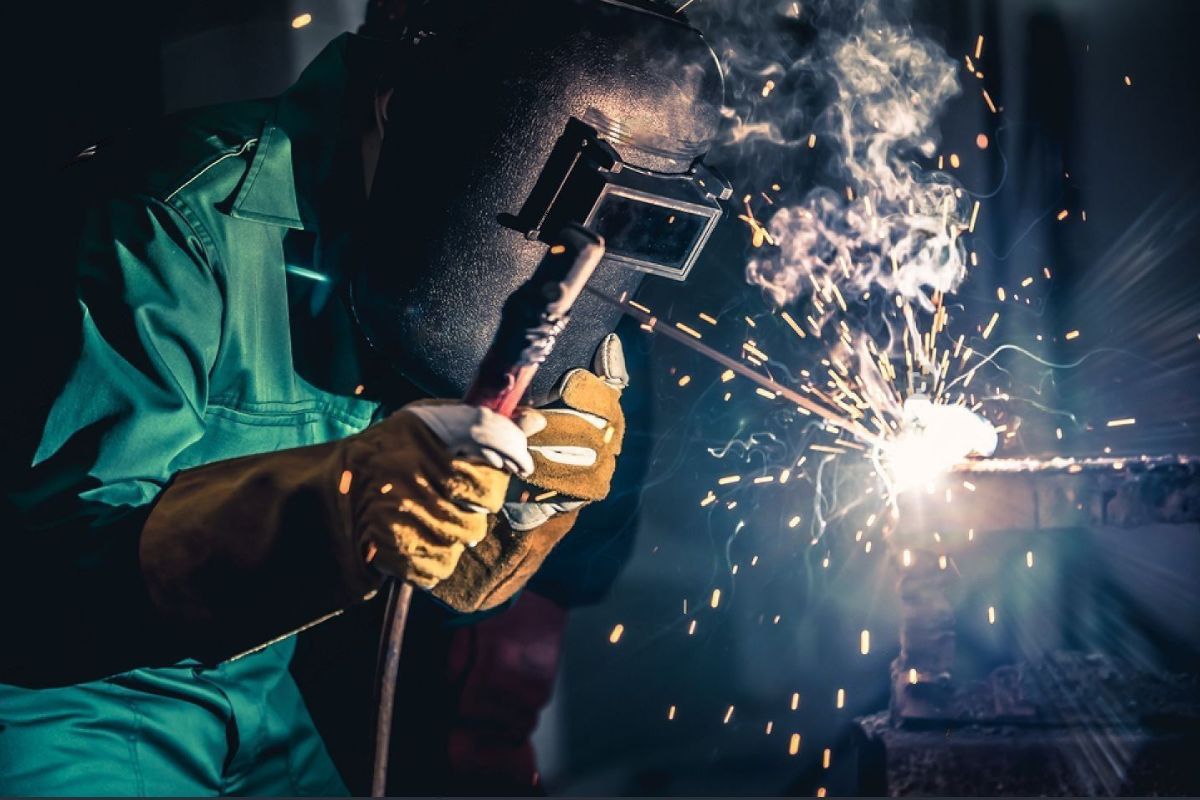Welding WPS: Common Mistakes to Avoid and How to Correct Them
Wiki Article
The Ultimate Overview to Welding WPS Procedures: A Detailed Introduction for Welders
In the intricate globe of welding, Welding Treatment Specifications (WPS) work as the backbone of making certain quality, consistency, and security in welding procedures. Recognizing the nuances of developing, implementing, and monitoring WPS procedures is important for welders wanting to boost their craft and meet sector criteria. As we look into the different components of a WPS and check out the intricacies of certification and qualification, we will uncover the important role these procedures play in the world of welding. Let's start a journey to unwind the complexities and value of WPS procedures in welding techniques.Relevance of WPS Procedures
Understanding the significance of Welding Procedure Specs (WPS) procedures is crucial for making sure the high quality and integrity of welded structures. WPS treatments offer as a roadmap for welders, laying out the required actions, specifications, and products called for to attain an audio weld. By sticking to WPS standards, welders can make certain consistency in their job, bring about trustworthy and structurally sound welds.Among the key reasons that WPS treatments are essential is their duty in preserving weld high quality and stability. Adhering to the specified welding criteria and strategies laid out in the WPS assists stop defects such as porosity, splitting, or insufficient combination, which can endanger the strength and toughness of the weld. Furthermore, WPS procedures are vital for ensuring compliance with industry requirements and codes. By complying with recognized WPS standards, welders can demonstrate that their job satisfies the needed requirements for security and top quality, giving guarantee to clients, assessors, and regulatory bodies. Fundamentally, the value of WPS procedures can not be overstated, as they are basic to attaining consistent, premium welds that meet industry requirements and requirements.

Components of a WPS
A Welding Procedure Spec (WPS) commonly makes up necessary parts that detail the particular requirements for performing a weld, making sure uniformity and top quality in the welding procedure. The key parts of a WPS consist of vital variables such as base metals, filler steels, preheat and interpass temperatures, welding processes, shielding gases, welding placements, and post-weld warmth treatment requirements.Base metals describe the materials being joined, while filler steels are utilized to load the space in between the base steels throughout welding. Preheat and interpass temperature levels are vital for controlling the heat input and avoiding problems like splitting or distortion. The welding procedure details the specific strategy to be utilized, whether it's gas metal arc welding (GMAW), shielded steel arc welding (SMAW), or one more method. Shielding gases shield the weld swimming pool from climatic contamination. Welding placements specify the orientations in which welding can be carried out. Post-weld warm treatment may be essential to eliminate anxieties and improve the weld's buildings. An extensive understanding of this contact form these components is important for creating a detailed and effective WPS.

Qualification and Qualification
Having developed the important parts of a Welding Procedure Requirements (WPS), the focus currently moves in the direction of the important facets of credentials and accreditation in welding practices.
Accreditation, on the other hand, is the official acknowledgment of a welder's credentials by a relevant accreditation body or company. Welding qualifications are normally based on the certain welding procedures, products, and placements a welder is qualified to work with. Holding a legitimate welding qualification demonstrates that a welder fulfills sector standards and is proficient to perform welding jobs to the required specifications.
Developing a WPS
To create a Welding Treatment Specification (WPS) that meets sector standards, cautious factor to consider of welding procedures, products, and functional specifications is important. The initial action in developing a WPS is to identify the welding procedure to be utilized, such as gas metal arc welding (GMAW) or shielded steel arc welding (SMAW)
Implementing and Keeping Track Of WPS
Upon completing the thorough Welding Procedure Spec (WPS) that meticulously details welding processes, materials, functional parameters, and top quality assurance steps, the focus shifts to efficiently executing and keeping an eye on the established procedures. Application includes guaranteeing that all welders associated with the task recognize with the WPS and follow it meticulously throughout the welding process. This requires providing sufficient training and supervision to guarantee adherence to the specified treatments. Monitoring the WPS entails continual oversight to confirm that welding tasks align with the documented specifications. Inspections, testing, and quality assurance procedures are necessary elements of the tracking procedure to determine any type of problems or inconsistencies immediately. Routine audits and evaluations of the welding treatments assist in keeping uniformity and top quality throughout the job. Efficient application and monitoring of the WPS are crucial for making certain the stability, toughness, and security of the bonded joints, eventually adding to the general success of the welding task.Final Thought
In final thought, understanding and adhering to Welding Procedure Specs (WPS) is crucial for welders to ensure quality, uniformity, and safety in their work. By recognizing the parts of a WPS, obtaining proper certifications and accreditations, creating thorough treatments, and implementing and monitoring them efficiently, welders can improve their abilities and efficiency in welding techniques. Abiding by WPS procedures is important for creating premium welds and conference market requirements.
In the intricate world of welding, Welding Procedure Specifications (WPS) serve as the foundation of ensuring high quality, uniformity, and security in welding operations. The welding process lays out the certain strategy to be made use of, whether it's gas steel arc welding (GMAW), shielded metal arc welding (SMAW), or one more technique.To check here establish a Welding Procedure Specification (WPS) that meets sector requirements, mindful factor to consider of welding procedures, products, and operational specifications is necessary. The very first action in creating a WPS is to determine the welding process to be used, such as gas steel arc welding (GMAW) or shielded steel arc welding (SMAW)Upon settling the extensive Welding Procedure Specification (WPS) that thoroughly details welding processes, products, functional criteria, and high quality guarantee steps, the focus shifts to successfully executing and keeping an eye on the recognized procedures.
Report this wiki page